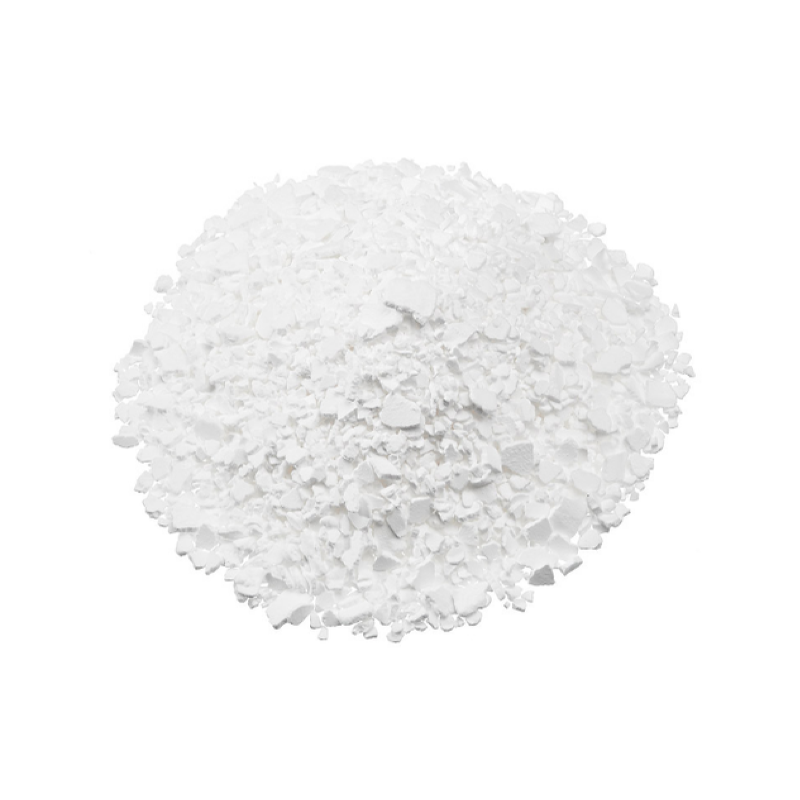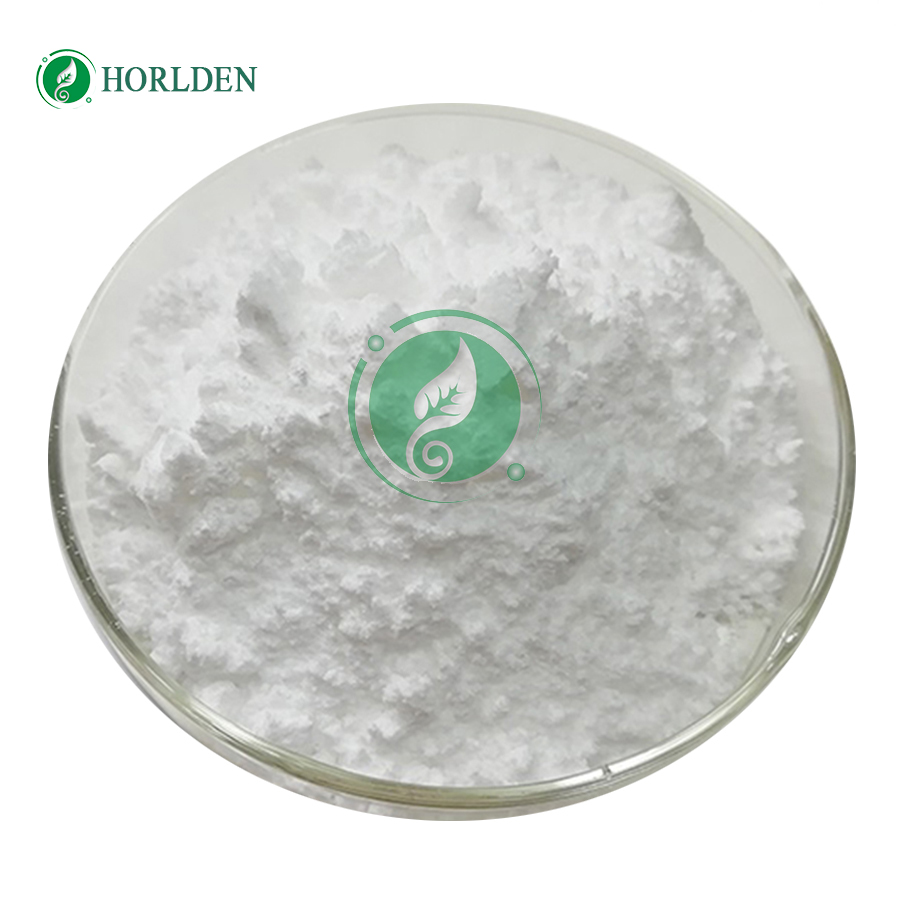-
Categories
-
Pharmaceutical Intermediates
-
Active Pharmaceutical Ingredients
-
Food Additives
- Industrial Coatings
- Agrochemicals
- Dyes and Pigments
- Surfactant
- Flavors and Fragrances
- Chemical Reagents
- Catalyst and Auxiliary
- Natural Products
- Inorganic Chemistry
-
Organic Chemistry
-
Biochemical Engineering
- Analytical Chemistry
- Cosmetic Ingredient
-
Pharmaceutical Intermediates
Promotion
ECHEMI Mall
Wholesale
Weekly Price
Exhibition
News
-
Trade Service
The production of B-[2-Methyl-5-[[(phenylmethyl)amino]sulfonyl]phenyl]boronic acid, also known as Compound X, is an essential part of the chemical industry.
This synthetic compound is widely used in various chemical reactions and has numerous applications in different industries, including the production of pharmaceuticals, agrochemicals, and electronic materials.
There are several synthetic routes that can be used to produce B-[2-Methyl-5-[[(phenylmethyl)amino]sulfonyl]phenyl]boronic acid, and the choice of route depends on several factors, such as the desired yield, cost, and availability of raw materials.
In this article, we will discuss some of the most common synthetic routes for producing Compound X and their advantages and disadvantages.
The first synthetic route to produce B-[2-Methyl-5-[[(phenylmethyl)amino]sulfonyl]phenyl]boronic acid involves the reaction of 2-methylphenylboronic acid with [(phenylmethyl)amino]sulfonyl chloride in the presence of a base, such as sodium hydroxide.
This route involves the reaction of two organic compounds and can be carried out at moderate temperatures and pressures.
The resulting product is then purified and isolated using standard chemical methods.
This route has the advantage of being relatively simple and straightforward, and the reaction conditions are relatively mild, making it a popular choice for industrial production.
Additionally, the reaction produces high yields of the desired product, and the purification process is relatively easy.
However, this route requires the use of toxic reagents, such as sodium hydroxide, and the presence of impurities in the final product can have a significant impact on the quality of the end product.
Another synthetic route involves the reaction of 2-methylphenylboronic acid with [(phenylmethyl)amino]sulfonyl chloride in the presence of a catalyst, such as palladium on barium sulfate.
This route involves the use of a catalyst, which can increase the efficiency of the reaction and produce higher yields of the desired product.
Additionally, the presence of the catalyst can help to reduce the amount of impurities present in the final product, leading to a higher-quality end product.
This route has several advantages over the first route, including the ability to produce higher yields of the desired product and the ability to reduce the amount of impurities present in the final product.
However, the use of a catalyst and the need for specialized equipment can increase the complexity and cost of the production process.
A third synthetic route involves the reaction of 2-methylphenylboronic acid with [(phenylmethyl)amino]sulfonyl chloride in the presence of a solvent, such as dimethylformamide or dimethyl sulfoxide.
This route involves the use of a solvent, which can help to increase the solubility of the reactants and improve the efficiency of the reaction.
Additionally, the presence of the solvent can also help to reduce the amount of impurities present in the final product.
This route has the advantage of being relatively simple and straightforward, and the reaction conditions are relatively mild.
Additionally, the presence of a solvent can help to increase the efficiency of the reaction and produce higher yields of the desired product.
However, the use of a solvent can also increase the complexity and cost of the production process, and the solvent itself can have a significant impact on the quality of the final product.
In conclusion, there are several synthetic routes that can be used to produce B-[2-Methyl-5-[[(phenylmethyl)amino]sulfonyl]phenyl]boronic acid, and the choice of route depends on several factors, including the desired yield, cost, and







